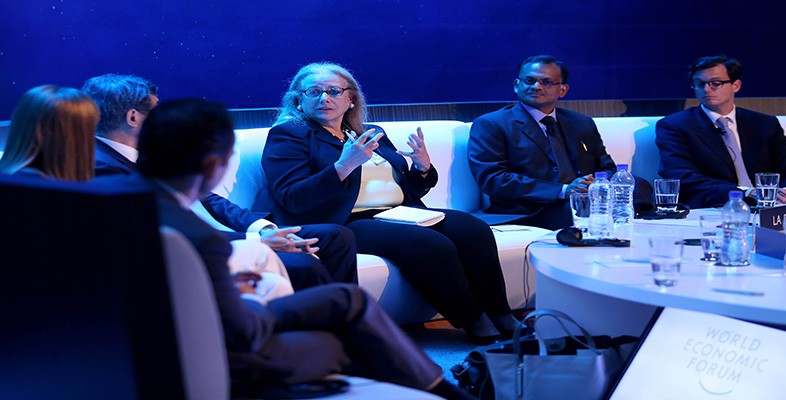4.3 The ‘maximum potential’ or ‘major support’ approach
It may be that your organisational resources and contacts do not permit a ‘top-down’ strategy of this nature. But that should not prevent you from adopting a big gift orientation. As you saw in relation to the donor matrix, it is better to think of a big gift as ‘the maximum contribution a donor can make’ rather than a fixed sum of money or measure of active support. The Pareto principle predicts that in any appeal or programme you are likely to secure the bulk of your target from a relatively small number of contributors (perhaps 80 per cent of the money from 20 per cent of the donors). Big gifts do not constitute a category of support in the same way that membership or Tax Effective Giving do. The request for a major contribution is always a unique proposition made to a specific individual in the context of a particular appeal.
Big gift seeking is not about getting more and more people involved; it is about networking and fostering the right contacts, creating the right opportunities and defining a focused request which can be negotiated with an identified individual.
A major support programme is one designed to deliver results which are high in relation to the funding target or targets and the prospect's means or potential. The principles can be applied in almost any appeal – ranging from targets of £60,000 from local, voluntary sources for refurbishments to a village hall, to major national appeals for £10 million to £250 million.
In the case of the former, individual donations of between £2000 and £5000 are high in relation to the target, though not necessarily the means, of some prospects. In the latter case, contributions of that size would be a failure, when you are targeting individuals who can write out a cheque for £50,000 without wincing or consulting anyone. These general points have two important implications for your work. The first is that seeking major contributions has a very different feel from many other resource-winning and support-winning processes. The second is that you must always have a big gift focus in your work. It is not just an orientation for those few well-connected fundraisers who already have the ear of the rich and powerful. Irrespective of the size or scope of a particular appeal, you need to keep your sights set on securing the few major contributions as well as the broad base of support. Both will be essential to your success.
Activity 5
Assume that your manager or trustees have asked you to explore the possibility of securing several individual contributions of between £20,000 and £50,000 as part of an appeal to raise £600,000 for building works. Jot down a few notes in your Learning Journal for an early discussion with them about what this might involve for your work over the next twelve months.
Discussion
For some small organisations, this may seem wildly unfeasible. If you are serious about fundraising, however, you ought not to dismiss it out of hand and should examine very closely just how you could do it before you deem it impossible or out of keeping with the nature of your organisation. For example, in a major capital project large gifts of this kind provide the necessary building blocks in the early stages of the appeal in order to give it credibility with donors later on. Your preparatory notes to a discussion with your manager or trustees might include: the resources available for research or consultancy; the level of commitment to participation (as donors or as askers) from the board; staffing resources; cost; and time-scale. Fundraisers for larger organisations are more likely to be familiar with this form of fundraising but may wish to review current practice and consider the nature of the exchange involved, special membership categories, and so on.
